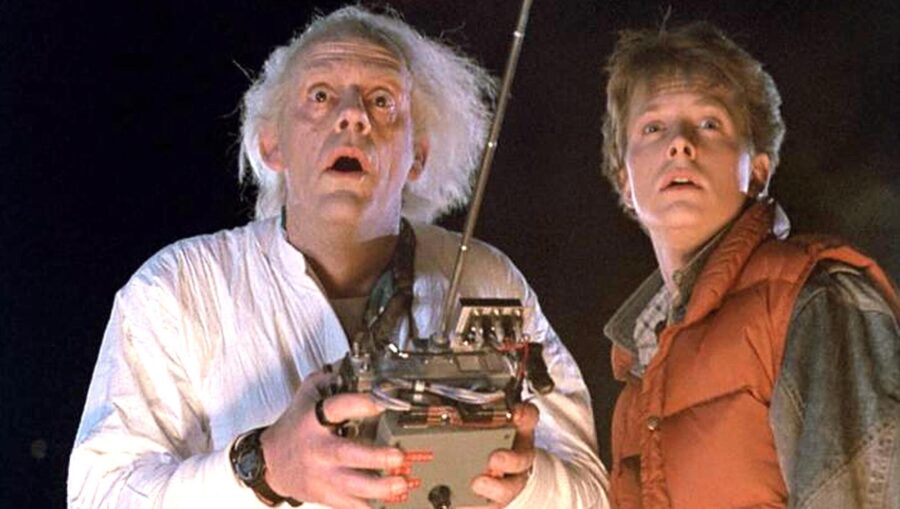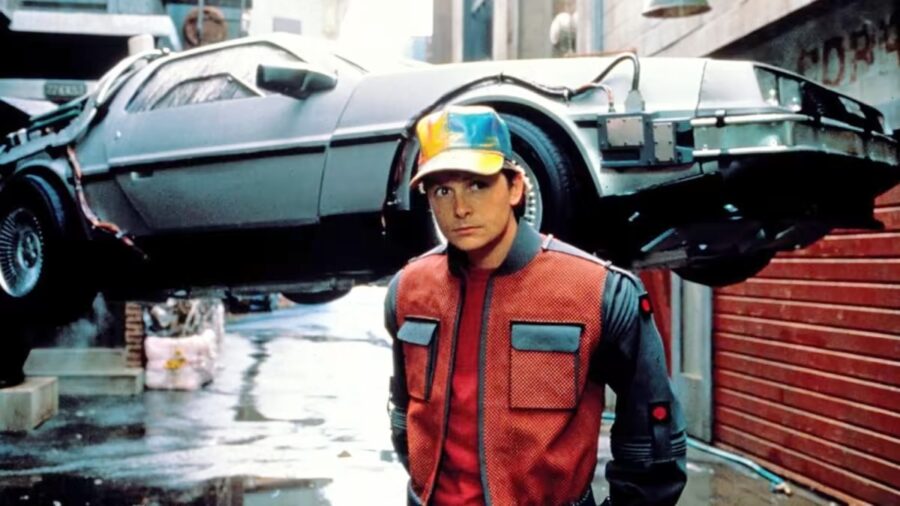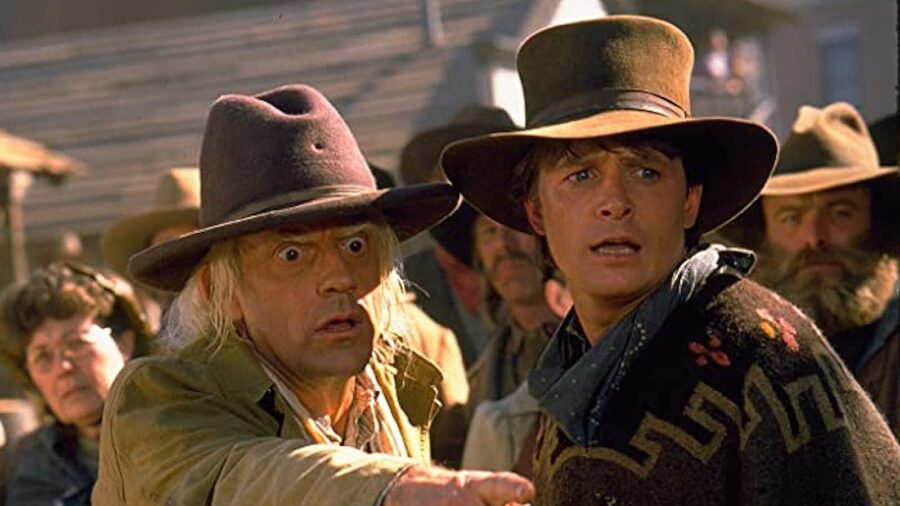Back To The Future Almost Never Happened Because Of One Stupid Thing

In 1985, a science fiction film was released to theaters starring Michael J. Fox and Christopher Loyd, featuring a car that would become nothing short of iconic — the now ever-so-famous DeLorean. This movie was Back to the Future, the first of a sci-fi trilogy that would go down in the archives of cinema history as one of the best science-fiction movies ever created. And because it was rejected more than 40 times, it almost never happened.
Back to the Future was rejected by studios 40 times, before the success of Romancing the Stone gave Robert Zemeckis the opportunity he needed to push the project through.
Luckily, we ended up in the timeline where Back to the Future was made, and we have the ability to rewatch this quintessential sci-fi masterpiece over and over again to our hearts’ content. But floating around somewhere out there in the multiverse is a Bob Gale and Robert Zemeckis who gave up after try number 39, resulting in Marty McFly never getting his silver screen debut. Fortunately, the two Bobs in our universe persisted until they finally found their success.
Within Box Office Mojo’s archived content is an interview with Bob Gale, where the Back to the Future writer discussed the tumultuous journey of getting the sci-fi feature from script to screen. He discusses how the film was rejected over 40 times — including being turned down by Disney because of incest (according to Esquire).
But Gale and Zemeckis knew they had something special with their time-traveling adventure and persisted longer than most could have endured, facing the rejection over and over again.
But in 1985, the film’s co-writer, Zemeckis, released a huge hit with Romancing the Stone and was allowed to pick any movie he wanted to do next, and he chose to finally bring Back to the Future to life.

In the 1980s, when Back to the Future was conceived, the cinematic landscape was vastly different from today’s. Hollywood studios were enamored with raunchy, R-rated sex comedies that pushed the boundaries of decency, and a movie starring a teenager that was grounded and wholesome wasn’t fitting the style producers were looking for.
But Gale and Zemeckis knew they had something special with their time-traveling adventure and persisted longer than most could have endured, facing the rejection over and over again. Even Columbia Pictures, which initially agreed to a development deal, eventually backed out, deeming the film’s tone too mild for the prevailing taste. In an era dominated by films like Porky’s, Animal House, and Revenge of the Nerds, where sex and scandal reigned supreme, Back to the Future seemed out of step.
The next obvious choice was to present the film to Disney, the most wholesome of all studios. But when the executive read the script, they responded with shock that Gale would approach them with a movie featuring incest related humor, and Back to the Future was rejected once again.
Amidst the sea of rejection, there was one unwavering supporter of Back to the Future — Steven Spielberg. The renowned director-producer saw the potential in the script from the outset, eager to bring it to life with Universal Pictures.

However, Zemeckis and Gale, who had previously experienced box office disappointments with Spielberg, were hesitant to be seen as relying solely on their successful friend.
Their fortunes took a turn when Zemeckis’s film Romancing the Stone unexpectedly became a box office hit. With success under their belt, Zemeckis and Gale finally felt comfortable pursuing Back to the Future with Universal and Spielberg’s newly-founded Amblin Entertainment.
Amidst the sea of rejection, there was one unwavering supporter of Back to the Future — Steven Spielberg.
In the end, Back to the Future stands as a testament to the perseverance of its creators and the vision of those who believed in it. The film’s journey from rejection to cinematic glory serves as a reminder that sometimes, the most enduring classics are born from ideas that defy the prevailing trends and expectations of their time.
With its time-traveling DeLorean and endearing characters, Back to the Future continues to transport audiences to the past, the future, and the timeless realm of great storytelling.












